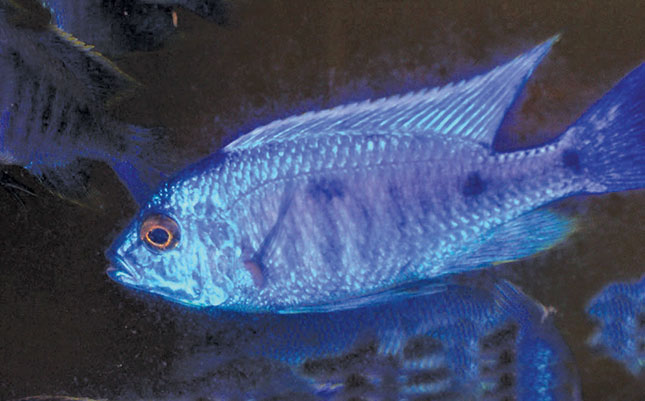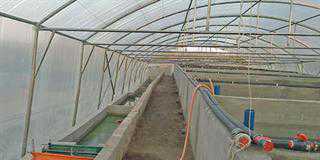
Photo: Nicholas James
The ornamental fish industry has always been viewed as the Cinderella of aquaculture by those who talk in yield tonnages.
Yet I remember many years back expressing the view that to produce a kilogram of fish worth R4 500 was surely more worthwhile than one fish worth R40. Unfortunately, it is not as simple as that, otherwise we would all be ornamental fish farmers.
Most ornamental fish sold in South African shops are imported. Koi and goldfish come mostly from Japan and Israel.
Freshwater tropical fish come from Southeast Asia, mainly Singapore, and marine fish come from the Philippines, Kenya, the Caribbean and Israel. With the exception of marine fish, 95% are captive-bred. Other countries, such as the Czech Republic, have developed mass distribution networks that send fish all over Europe.
While this is also based on Southeast Asian imports, many fish are bred by expert European aquarists who specialise in distinct species or groups of species such as cichlids.
Too clean for its own good
The reason South Africa has failed to establish an ornamental fish industry can be summed up in two words: poor quality. In contrast, the quality of fish originating from Southeast Asia is excellent.
While many South African fishkeepers think a clean, clear-water environment contained in glass or plastic is adequate for breeding tropical fish, the wisdom of Asia suggests otherwise.
Earth ponds with warm, green water, floating aquatic plants, abundant refuges such as branches and rocks covered with algae, and most particularly, space, produce fish of far better quality than sterile clear-water containments. This flies in the face of the ‘swimming pool’ syndrome that often bedevils beginner aquaculture.
Only specialist species such as discus, and most marines, which have demanding water-quality needs, prosper under such controlled conditions.
Community tank species such as mollies, swordtails, platies, angels, and many tetras thrive on the micro-algaes and insect larvae of a more natural habitat.
This is not to say that such water quality can be allowed to become foul. Far from it. The breeder’s skill determines the balance between a food‐rich, natural system that produces high-quality fish, and one that kills them or promotes disease.
An example is the production of livebearers in a plastic or concrete clear-water tank. Even if this is larger than 1 000ℓ, the growth, fin development, colour and overall quality of these fish are never equal to those from Asian earth ponds.
In South Africa, moreover, most areas are too cold for year-round tropical fish production, as the water needs to remain above 20°C. Tunnels are necessary, and I would suggest that large earth ponds within tunnels would be the only way to produce quality ornamental fish.
Specialised groups of fish such as Lake Malawi cichlids, which originate from a rocky, clear-water environment, should be accommodated in similar artificial habitats, with plenty of space, clear water, abundant rocky cover, and most important of all, masses of algae, especially for the mbuna group.
Another consideration is the wide range of species traded, and the difficulty that local farmers have in producing this range while maintaining high quality.










